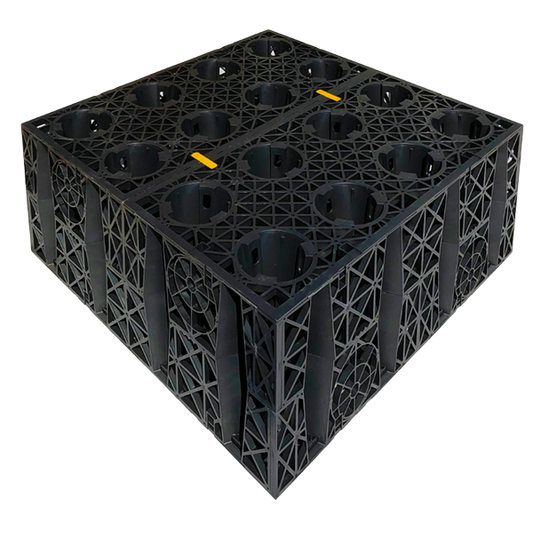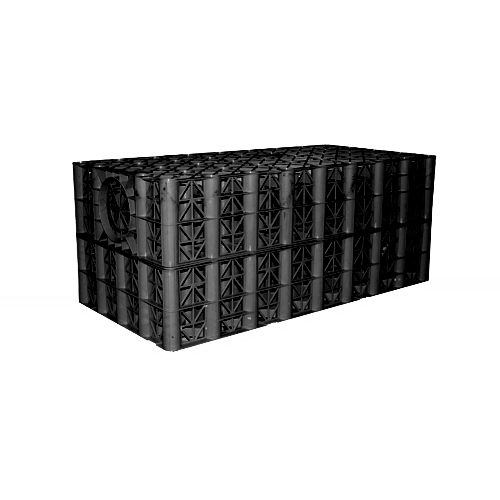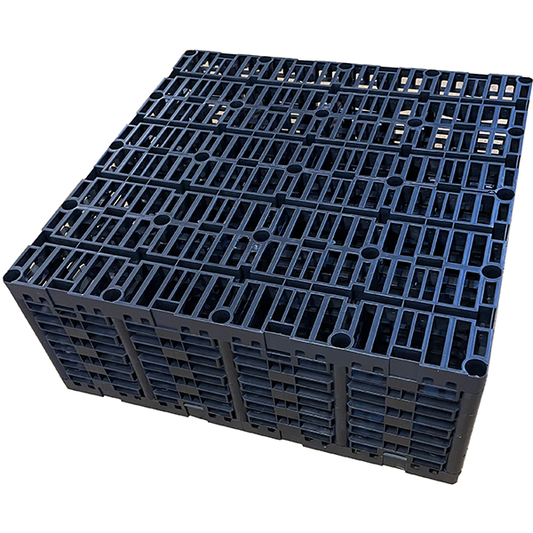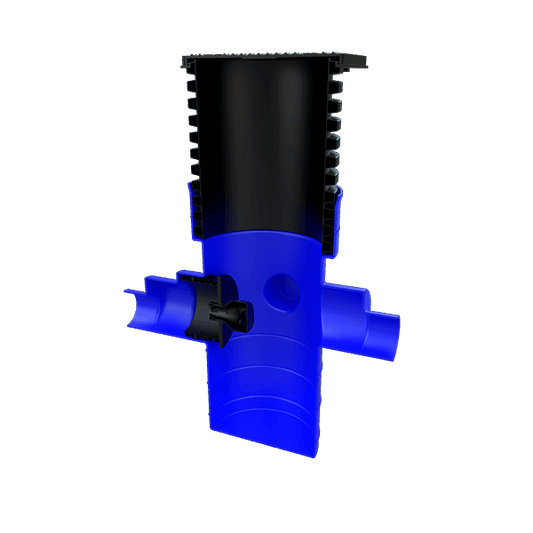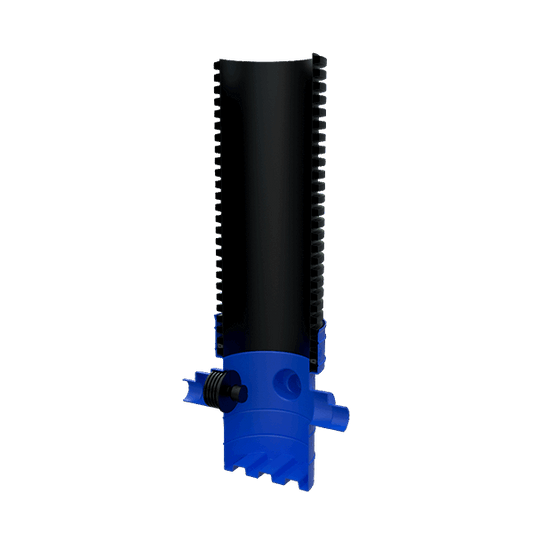An attenuation tank is essentially a large container that acts as a buffer to store excess rainwater in the event of a storm and remove the risk of flooding of a residential area. There’s lots to consider when sizing a tank, so we’ve put together this guide to help you choose one that suits your requirements.
The main factors to determine the size of an attenuation tank include location, depth of drainage system, storm return period, soil type, and infiltration rate.
Contents
Geographical location
Where you’re located will determine the average amount of rainfall you can expect to get each year. The higher the rainfall and likelihood of storms developing, the larger the size of tank needed.
Catchment area
The catchment area of rainfall is another key factor in determining the size of the attenuation tank required. This is calculated by working out the surrounding area and the amount of rain that will run off into the tank.
The storm return period
This refers to the average time between storms. It’s calculated using historical data — for example, a storm return period of 1 in 30 years means a storm of that size has occurred once in the last 30 years.
Soil infiltration rate
Infiltration rate is measured in metres per second. It calculates how many metres of water saturate the soil during a given time and helps determine how quickly excess water can drain away from the tank.
How can we help?
Here at Cotterill Civils, we don’t just supply a range of stormwater attenuation solutions — we design and install them too. Our products include soakaway crates and stormwater attenuation tanks. If required, we can install your system for you, providing peace of mind that it’s installed correctly and tailored to your site requirements.
If you’d like to know more about our stormwater attenuation tanks and how they work, please call us for expert advice on 0121 351 3230.
Alternatively, fill out our enquiry form:






